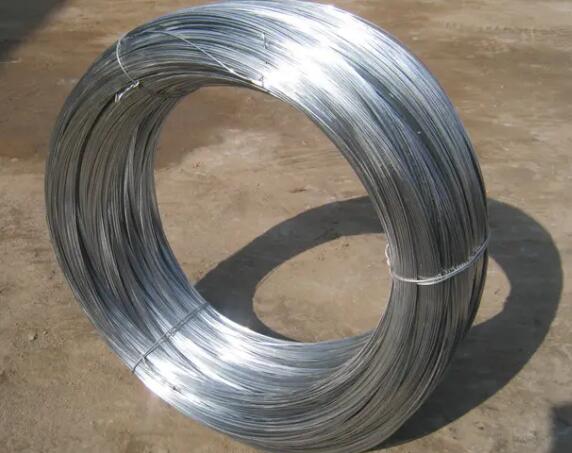Understanding Cement Siding Nails The Essential Component for Your Siding Projects
When it comes to home construction and renovation, the choice of materials can make a significant difference in the durability and aesthetics of your project. One crucial component that often goes overlooked is the fasteners used to secure siding materials. Among the various options available, cement siding nails stand out due to their specific design and functionality tailored for fiber cement siding installations. In this article, we will explore the importance of cement siding nails, their features, and tips for proper usage.
What Are Cement Siding Nails?
Cement siding nails, also known as fiber cement siding nails, are specialized fasteners designed to attach fiber cement siding to a building's exterior. These nails are engineered specifically to withstand the unique challenges posed by cement-based siding materials, which are heavier and denser than traditional wood or vinyl siding. The right nails are essential for ensuring a strong bond that can endure the elements, including wind, rain, and temperature fluctuations.
Key Features of Cement Siding Nails
1. Material Composition Cement siding nails are typically made from galvanized steel or stainless steel. The galvanization provides corrosion resistance, crucial for outdoor applications exposed to moisture and varying weather conditions, while stainless steel nails offer even greater durability and resistance to rust.
2. Length and Thickness The size of cement siding nails varies, but most are around 1.5 to 2.5 inches long, with a thickness that ensures they can penetrate through the siding and into the underlying structure. Proper length is critical; nails that are too short may not secure the siding effectively, while excessively long nails can damage the underlying wall.
3. Head Design Cement siding nails often feature a flat head, which allows them to sit flush against the siding surface. This design not only provides a neat appearance but also prevents water from seeping behind the siding, which could lead to rot or mold.
4. Ring Shank or Smooth Shank The shank of the nail can either be smooth or ringed. Ring shank nails have grooves that enhance their holding power, making them a preferred choice for applications where wind resistance is a priority.
Why Use Cement Siding Nails?
cement siding nails

The primary reason for using cement siding nails is the security and longevity they provide. Unlike ordinary nails, which may not adequately support the weight of fiber cement siding, these specialized fasteners ensure that the siding remains firmly in place. This is particularly important in areas prone to high winds or severe storms, where traditional fasteners can fail.
Furthermore, using the correct fasteners reduces the risk of common siding issues, such as sagging, shifting, or water infiltration. Ensuring that the right nails are used during installation is a step toward maintaining the integrity of your exterior siding for years to come.
Installation Tips
1. Follow Manufacturer Recommendations Always refer to the siding manufacturer's guidelines for nail specifications, including size and spacing. Adhering to these recommendations can prevent warranty issues and ensure optimal performance.
2. Avoid Overdriving When installing, be careful not to overdrive the nails into the siding. This can lead to crimping and potential damage, compromising the siding's effectiveness.
3. Proper Spacing Maintain consistent spacing between nails, typically spacing them about 16 inches apart. This configuration provides adequate support while also helping to prevent water intrusion.
4. Use a Pneumatic Nailer For larger projects, consider using a pneumatic nailer specifically designed for cement siding nails. This tool can speed up the installation process while ensuring consistent nail depth and placement.
Conclusion
In conclusion, cement siding nails are a pivotal component of a successful fiber cement siding installation. With their durability, resistance to corrosion, and design features tailored to heavy siding materials, they ensure that your siding remains securely attached and functional for years to come. By investing in the right nails and following proper installation techniques, homeowners can enhance both the safety and aesthetics of their home exteriors. Whether you are a DIY enthusiast or a seasoned contractor, understanding and utilizing cement siding nails is essential for any siding project.

















